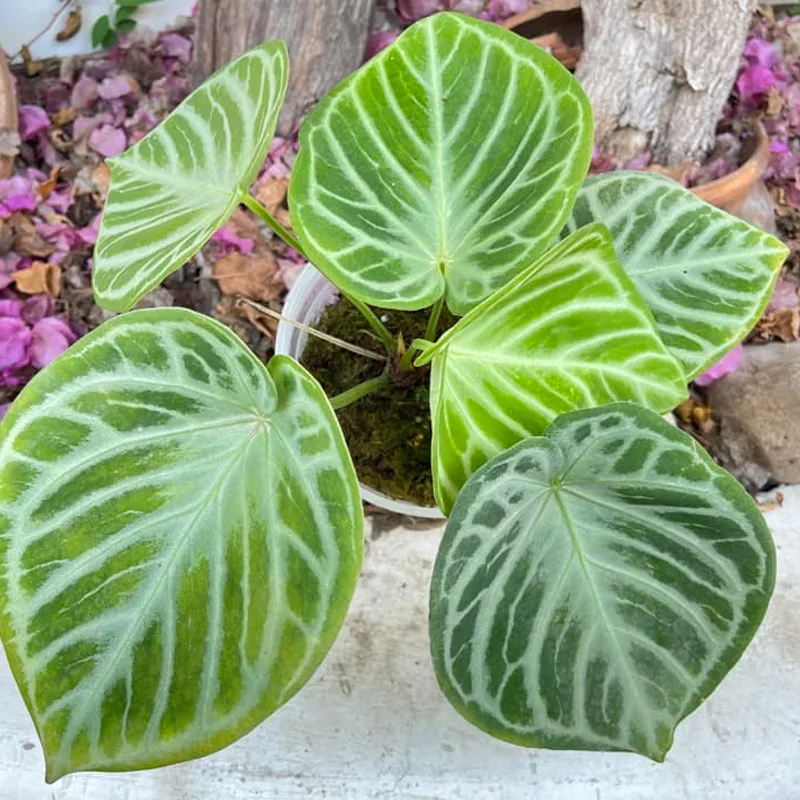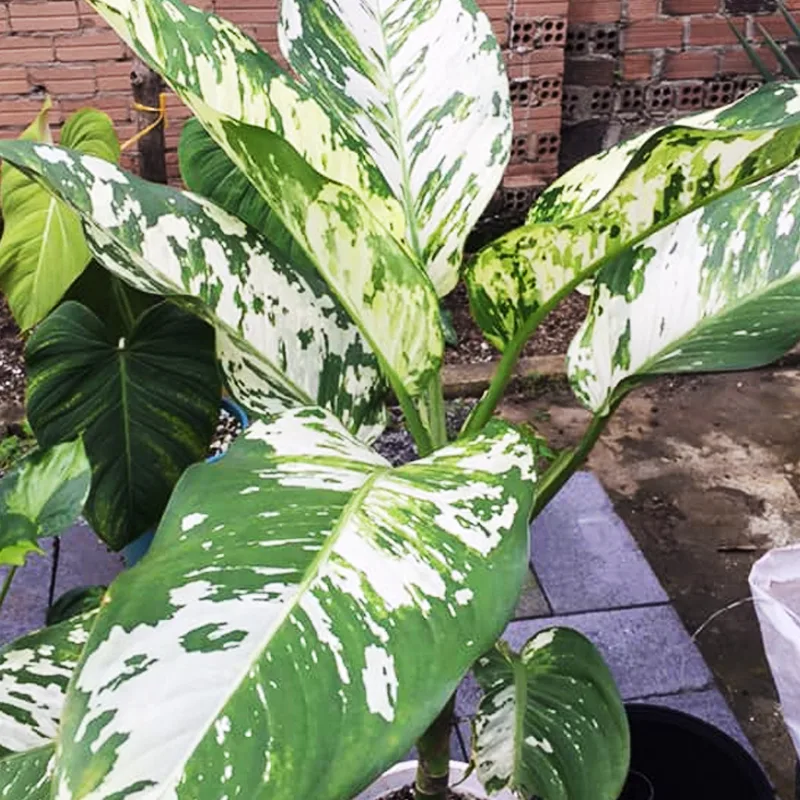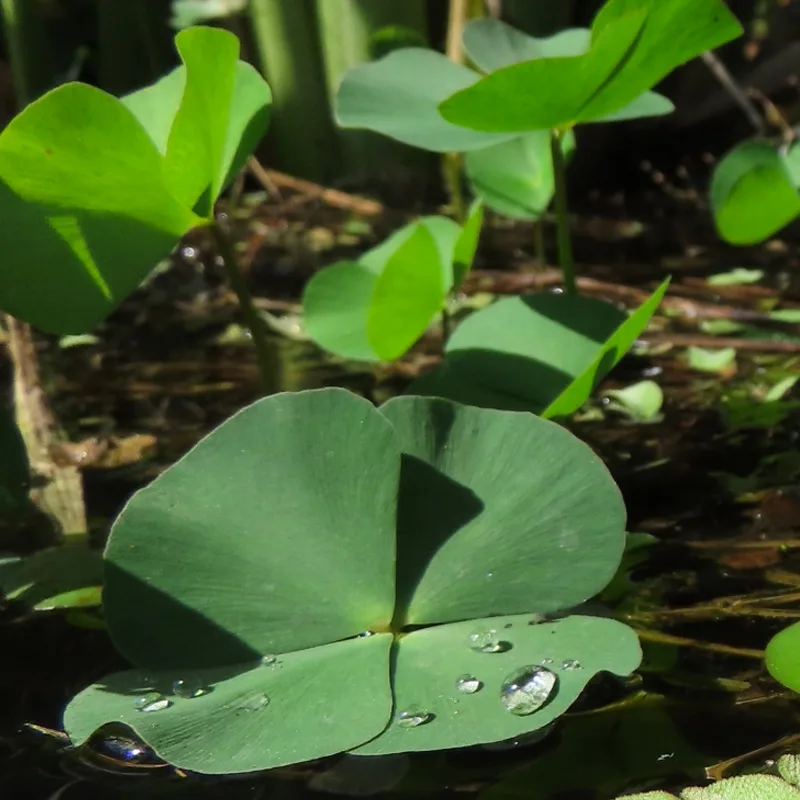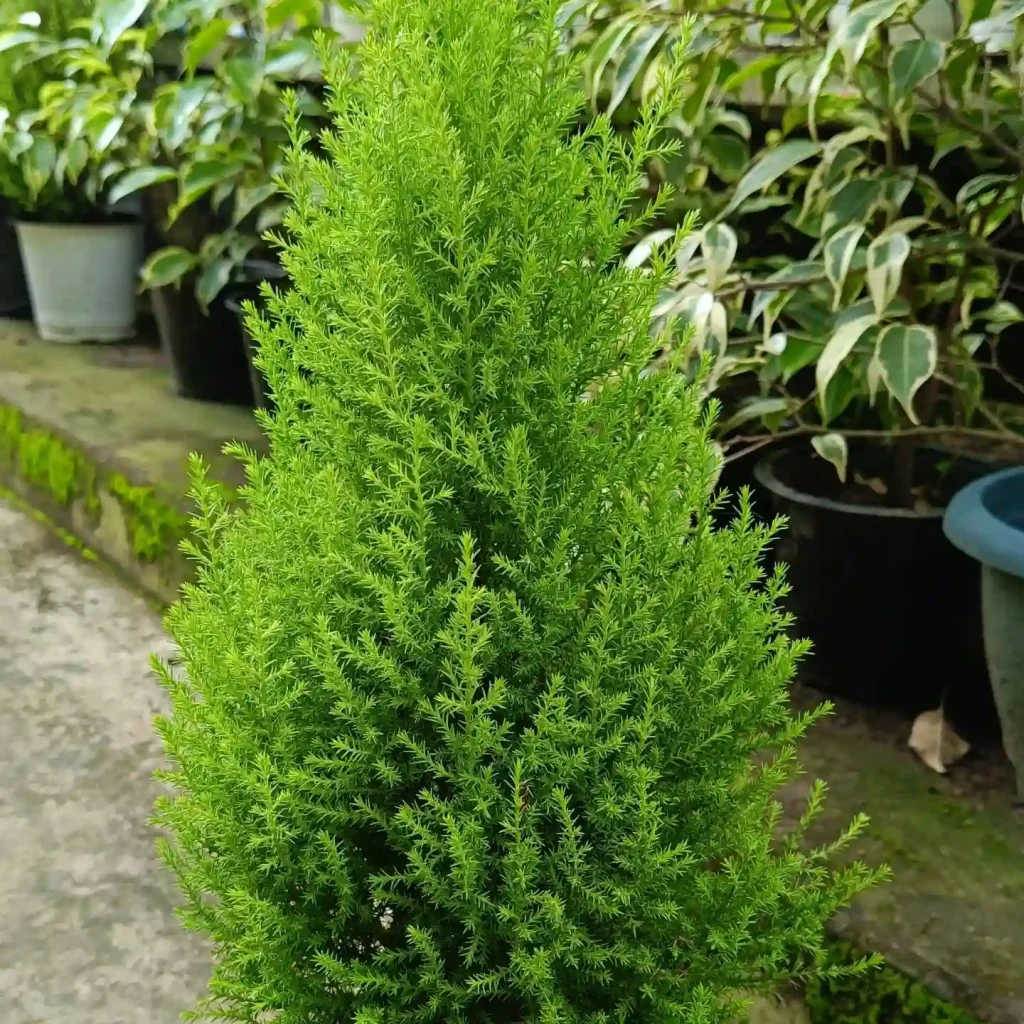
Is there a white wisteria? Is white wisteria rare?
Yes, there is a white wisteria variety called Wisteria floribunda ‘Alba’. While it might not be as common as the more traditional purple varieties, white wisteria is still sought after for its elegant and delicate appearance.
4 Species in Genus Wisteria
What does white wisteria mean?
White wisteria symbolizes purity, spirituality, and reverence. It’s often associated with weddings and other ceremonial occasions due to its graceful beauty and symbolism.
When does white wisteria bloom?
White wisteria typically blooms in late spring to early summer, usually around May or June, depending on the climate and growing conditions.
Where to buy white wisteria?
You can buy white wisteria from various nurseries, garden centers, or online plant retailers. It’s essential to ensure that you’re purchasing from a reputable source to guarantee the quality and authenticity of the plant.
Does white wisteria smell?
Yes, white wisteria does have a fragrance, although it’s often described as more subtle compared to the intense scent of some other wisteria varieties. The fragrance can vary depending on factors such as the time of day and environmental conditions.
Where do white wisteria trees grow?
White wisteria trees can grow in a variety of climates, but they generally prefer temperate regions with mild winters and moderate rainfall. They thrive in full sun to partial shade and well-draining soil.
How to grow white wisteria?
Growing white wisteria requires similar care to other wisteria varieties and here’s how I typically go about it:
- Choose the Right Location: Select a sunny spot in your garden or yard for your white wisteria. It needs at least six hours of sunlight daily to bloom abundantly. Ensure the soil is well-draining to prevent waterlogging, which can lead to root rot.
- Planting: Dig a hole that’s about twice as wide and deep as the root ball of your white wisteria. Loosen the soil in the bottom of the hole to encourage root growth. Place the plant in the hole and backfill with soil, gently firming it around the roots. Water thoroughly after planting to help settle the soil.
- Support Structure: White wisteria is a climbing vine, so it needs support to grow and flourish. Install a sturdy trellis, arbor, or pergola for the wisteria to climb onto. Make sure the structure can support the weight of the mature plant.
- Watering: Keep the soil consistently moist but not waterlogged, especially during the growing season. Water deeply whenever the top inch of soil feels dry to the touch. Avoid overhead watering to prevent fungal diseases.
- Fertilizing: Feed your white wisteria with a balanced, slow-release fertilizer in early spring before new growth begins. Follow the manufacturer’s instructions for application rates. Avoid over-fertilizing, as this can lead to excessive foliage growth at the expense of flowers.
- Pruning: Regular pruning is essential for white wisteria to control its size and shape and encourage flowering. Prune in late winter or early spring while the plant is still dormant. Remove any dead, diseased, or damaged branches, as well as any suckers or unwanted growth. Cut back lateral shoots to about 2-3 buds to promote flowering.
- Training: As your white wisteria grows, gently guide the main stems towards the support structure. Tie them loosely with garden twine or plant ties to encourage upward growth. Avoid tightly binding the stems, as this can damage them.
- Pest and Disease Control: Keep an eye out for common pests such as aphids, scale insects, and caterpillars, and treat them promptly if detected. White wisteria can also be susceptible to fungal diseases such as powdery mildew and root rot, so ensure good air circulation around the plant and avoid overwatering.
With proper care and attention, your white wisteria should reward you with cascades of fragrant white flowers in late spring to early summer, creating a stunning focal point in your garden or landscape.
Is white wisteria evergreen?
White wisteria is not evergreen; it’s a deciduous plant, meaning it sheds its leaves in the fall and remains bare throughout the winter months. However, its stunning blooms more than make up for its brief period of dormancy.
If i die, water my plants!



